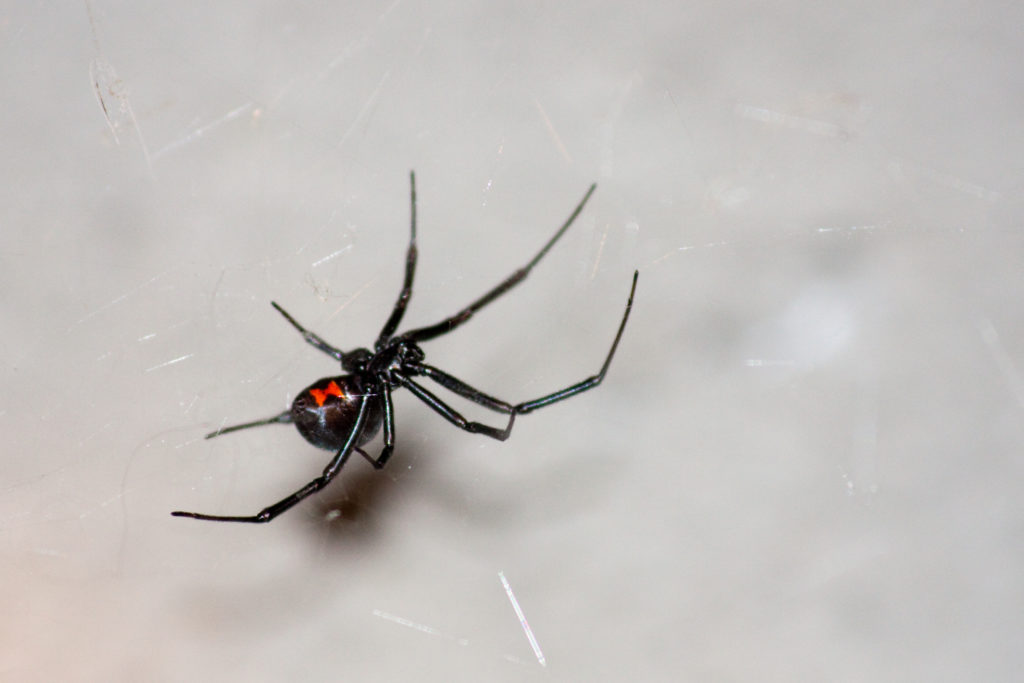What’s your first reaction when you see a spider? If you’re like most, seeing one of these creepy crawlers leaves you with a strong sense of unease. Luckily, for those of us that live in Kansas and Missouri, most spiders we see indoors are not considered to be dangerous.
Why am I seeing spiders?
Many spiders invade homes unintentionally and do not reproduce indoors. However, for spiders that are there intentionally, there are a few various factors that drive them indoors. A couple common reasons are:
Food – Oftentimes, spiders will “move in” to your home because they have found a stable food source of insects in a certain area.
Shelter – In instances of more extreme weather, spiders will seek shelter in the more temperate conditions found indoors.
What kinds of spiders should I look out for?
The vast majority of spiders seen indoors in Kansas and Missouri are not considered to be dangerous to humans. However, there are two species to look out for:
Brown recluse – Medium sized spiders that can reach body lengths of 1/4 inch as adults. Leg and abdomen color vary, but often appears as a cocoa brown color. Brown recluses are rarely aggressive unless trapped or threatened.

Black widow – Slightly larger, with body lengths of around 1/2 inch with a large, black abdomen. Female black widows are easily identified by the bright reddish-orange triangular markings on their body. Male black widows do not produce toxic venom.

How can I keep them out?
Seal cracks and entrances. Reducing the number of entryways spiders can access is a great way to limit their numbers.
Keep areas tidy. Spiders love to hide out in dark crevices with little human traffic. Keeping indoor areas decluttered and keeping items off of the floor is a good way to help diminish activity.
Call the professionals. Whether you’re seeing brown recluse, black widow, or any other unwanted spider activity, we’re here to help. Get in touch with us here, or send us an email at [email protected].
We can help protect your home from spider activity in any season! For more information on spiders in Kansas and Missouri, visit the Kansas State University Department of Entomology here.
